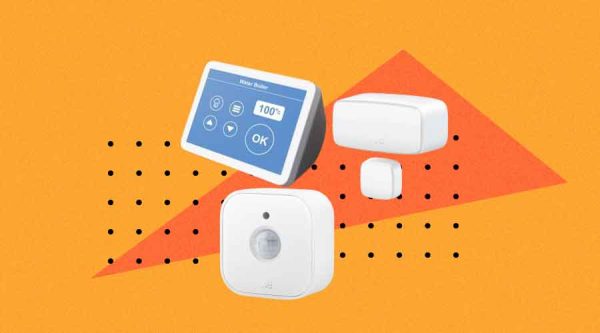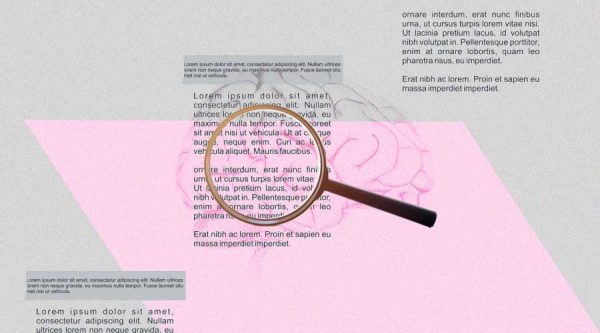Digital transformation reshapes physical landscapes with advanced digital technologies
Digital transformation is a buzzword that has been around for a while now. It refers to the integration of digital technology into all areas of a business, resulting in fundamental changes to how businesses operate and deliver value to customers. The physical landscape is no exception to this transformation.
The integration of digital technology into the physical landscape has resulted in several changes. One of the most significant changes is the way we interact with the physical world. Digital technology has made it possible to interact with the physical world in new and innovative ways. For example, augmented reality (AR) and virtual reality (VR) technologies have made it possible to create immersive experiences that allow users to interact with the physical world in ways that were previously impossible.
What is Digital Transformation?
Digital transformation is the process of integrating digital technology into all areas of a business, resulting in fundamental changes to how businesses operate and deliver value to customers. The goal of digital transformation is to build a competitive advantage by continuously deploying tech at scale to improve customer experience and lower costs. Successful digital transformation requires a variety of coordinated actions, including crafting a clear strategy focused on business value, having a strong talent bench with in-house engineers, and developing organizational and technology-based capabilities.
Digital transformation is reshaping the physical landscape across various domains, and its impact is particularly evident in the following trends:
-
Smart Cities:
Smart cities are a visible outcome of digital transformation, leveraging technologies like data analytics and the Internet of Things (IoT) to enhance urban efficiency. Through intelligent traffic management, waste reduction, and energy-efficient solutions, smart cities prioritize sustainability and elevate the quality of life for residents.
-
IoT in Architecture:
Architectural practices are evolving with the integration of the Internet of Things (IoT). Smart buildings, equipped with sensors and connected devices, optimize energy consumption and create responsive, comfortable spaces. This IoT-driven architecture not only enhances sustainability but also tailors environments to occupants’ preferences and needs.
-
Augmented Reality (AR) in Design:
Digital transformation has revolutionized design and planning through Augmented Reality (AR). Architects and planners use AR to visualize designs in real-world contexts, streamlining conceptualization and approval processes. This technology allows stakeholders to interact with designs before construction, minimizing the likelihood of costly revisions.
-
Environmental Sensing:
Digital technologies contribute to environmental sensing, providing real-time data on air quality and noise levels. This data informs urban planning decisions, promoting healthier and more sustainable environments. Citizen access to environmental information fosters awareness and collective efforts toward enhancing the quality of physical spaces.
-
Virtual Twins:
The concept of virtual twins involves creating digital replicas of physical objects or systems, gaining prominence in infrastructure and urban development. Virtual twins simulate real-world scenarios, facilitating advanced testing, scenario analysis, and predictive modeling. This ensures that physical spaces are designed and operated optimally, contributing to resilient and adaptive urban infrastructure.
-
Responsive Infrastructure:
Digital technologies enable the development of responsive infrastructure that adapts to changing needs. Examples include smart streetlights adjusting brightness based on real-time conditions and responsive transportation systems enhancing efficiency. These innovations signify a shift from static, conventional infrastructure to dynamic, data-driven solutions prioritizing sustainability and user experience.
-
Collaborative Urban Planning:
Digital transformation encourages collaboration in urban planning through technologies like Geographic Information Systems (GIS) and cloud-based platforms. These tools enable diverse stakeholders, including citizens, to participate in planning and decision-making. This inclusivity leads to more resilient and inclusive cities, shaped by a broader range of perspectives.




